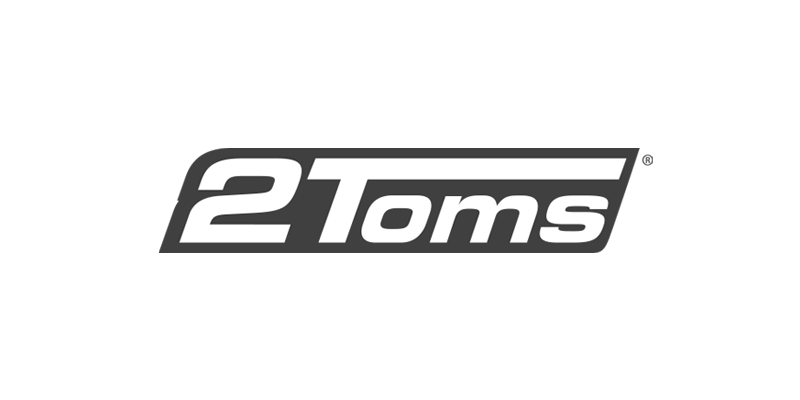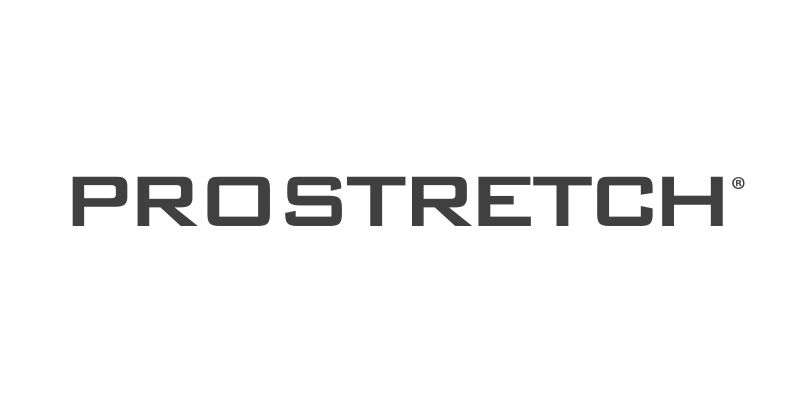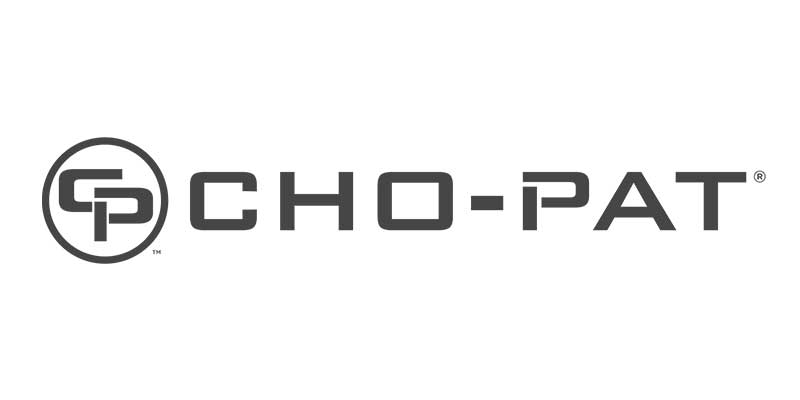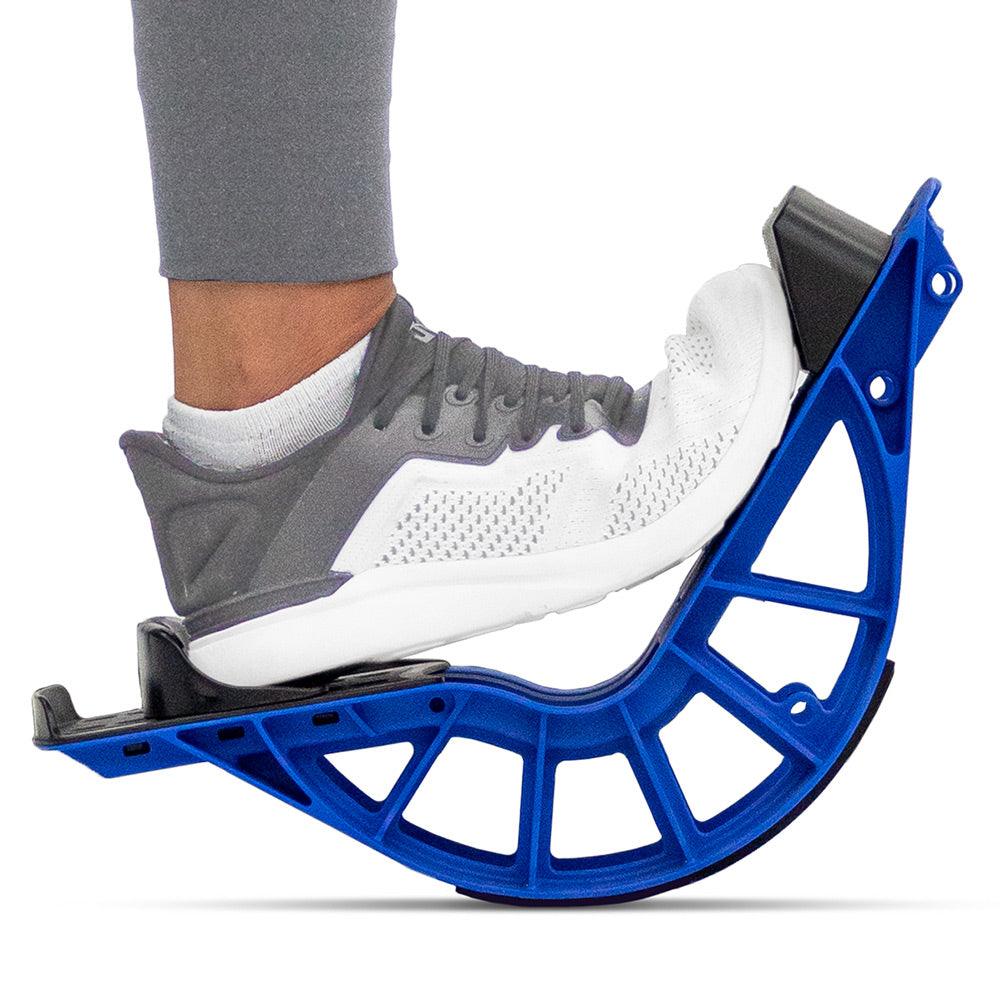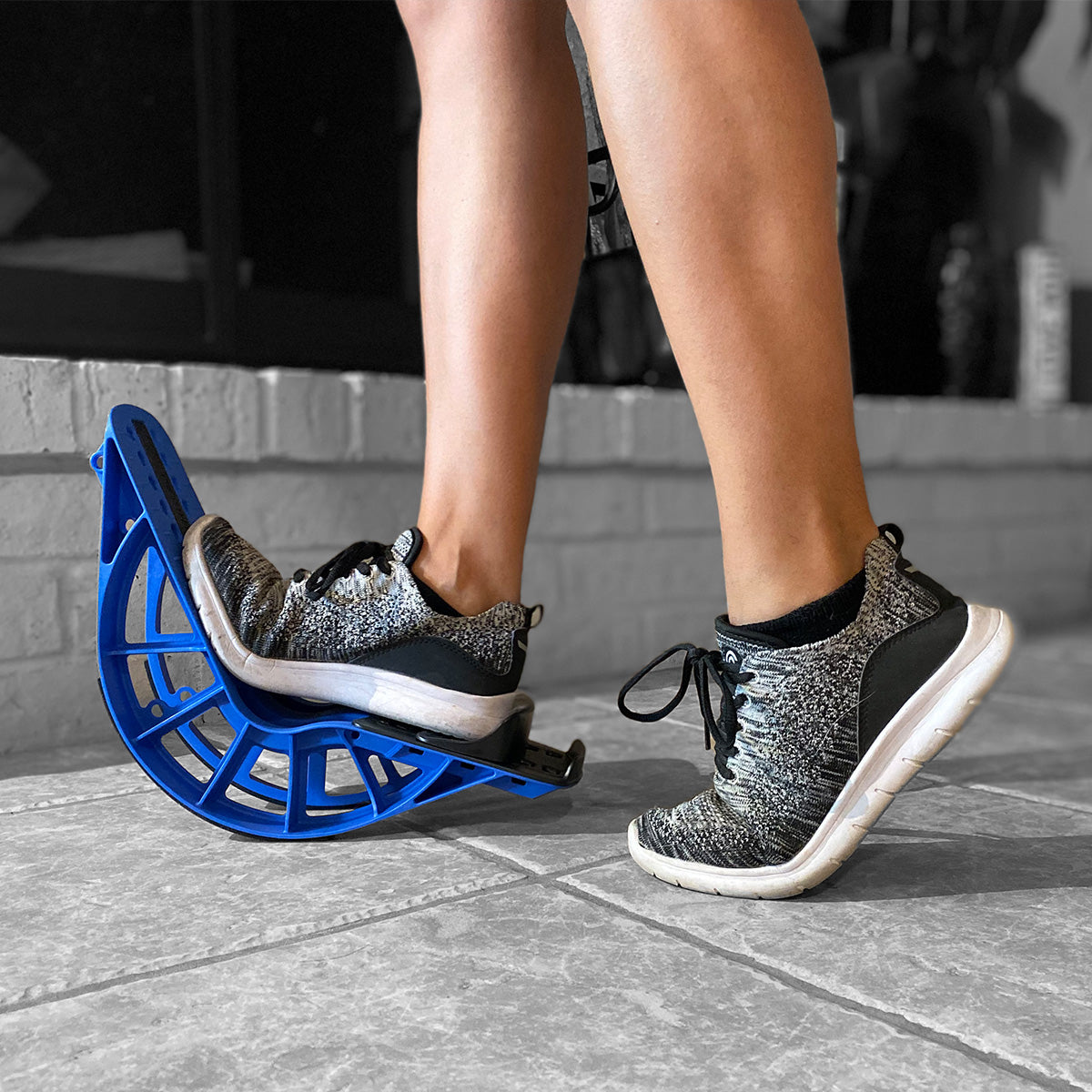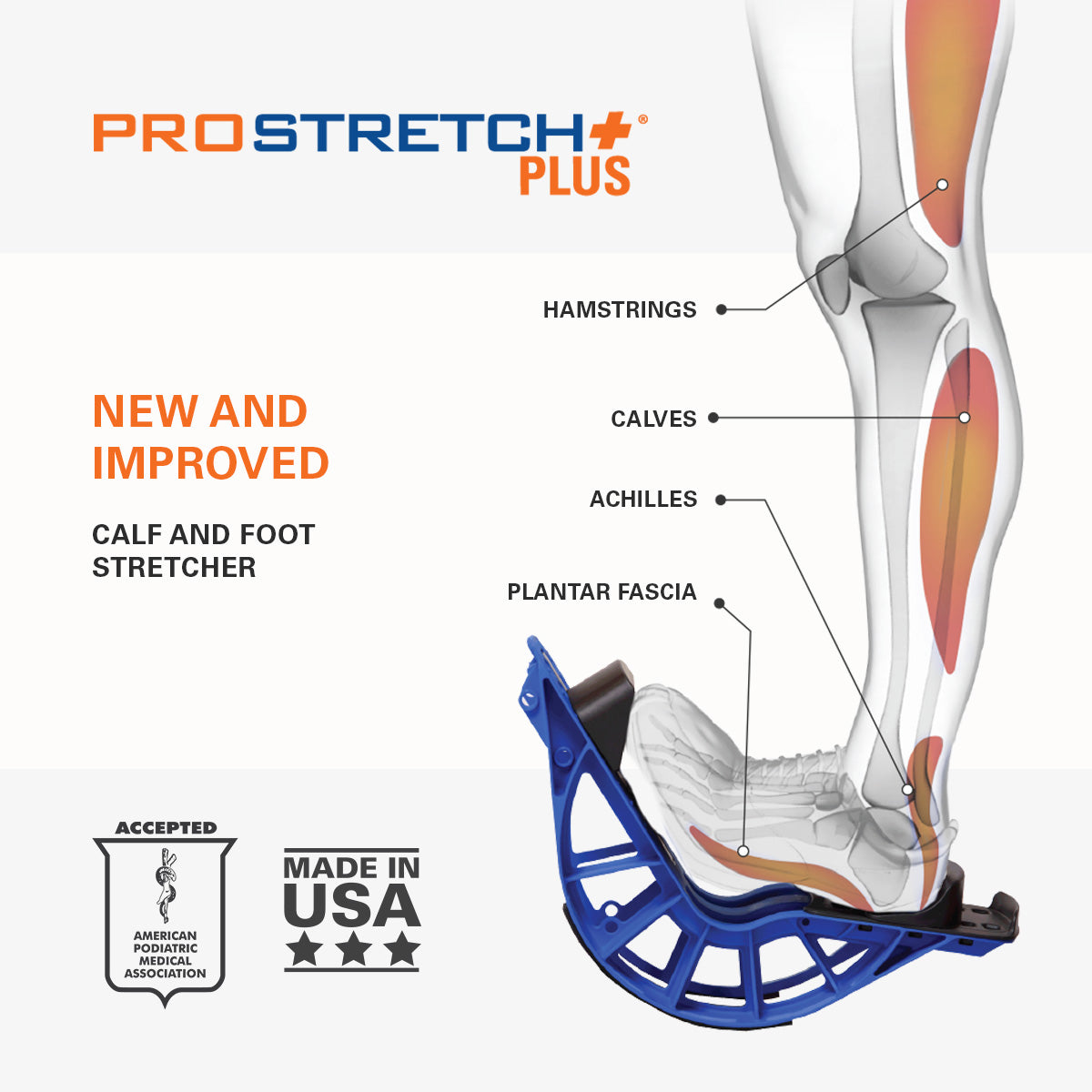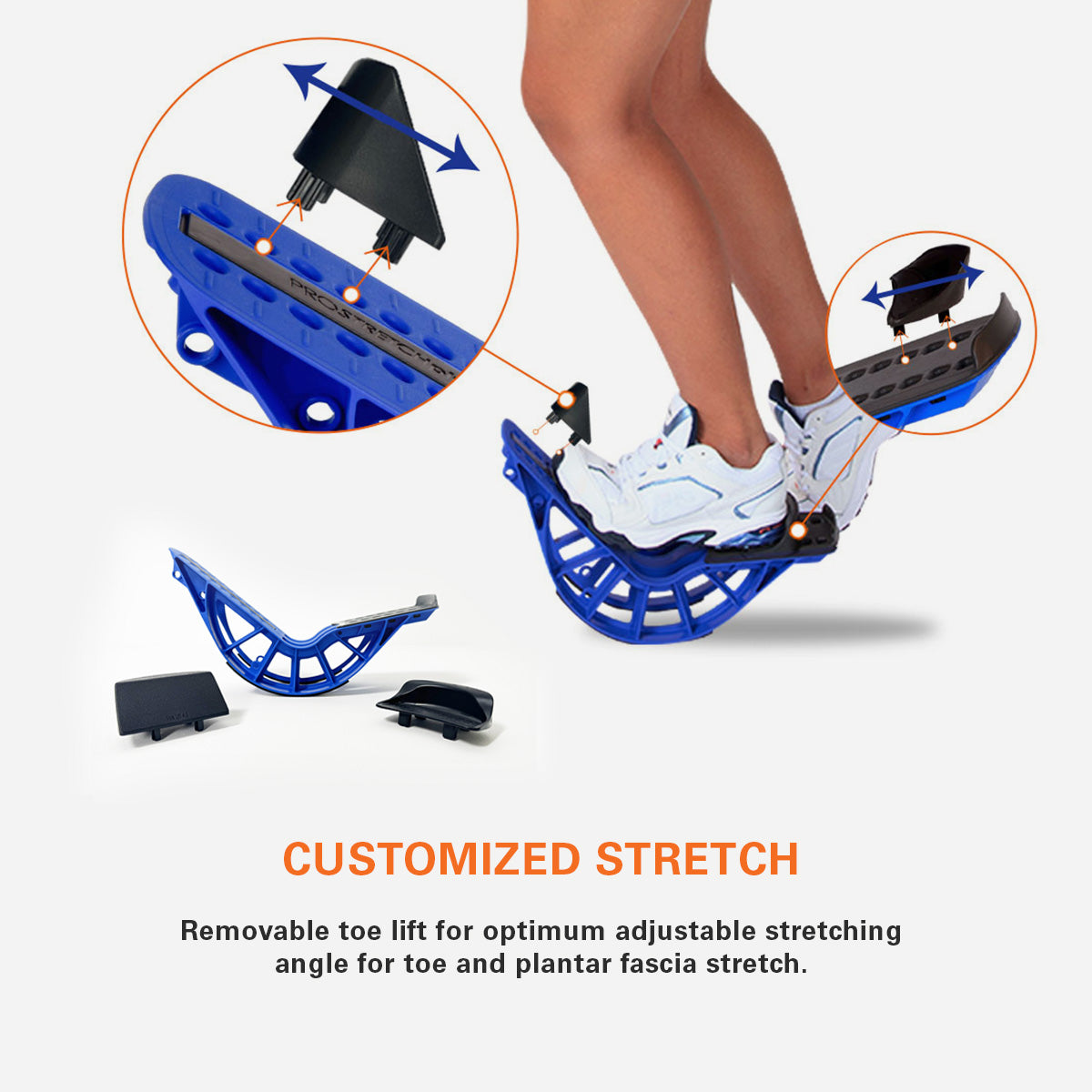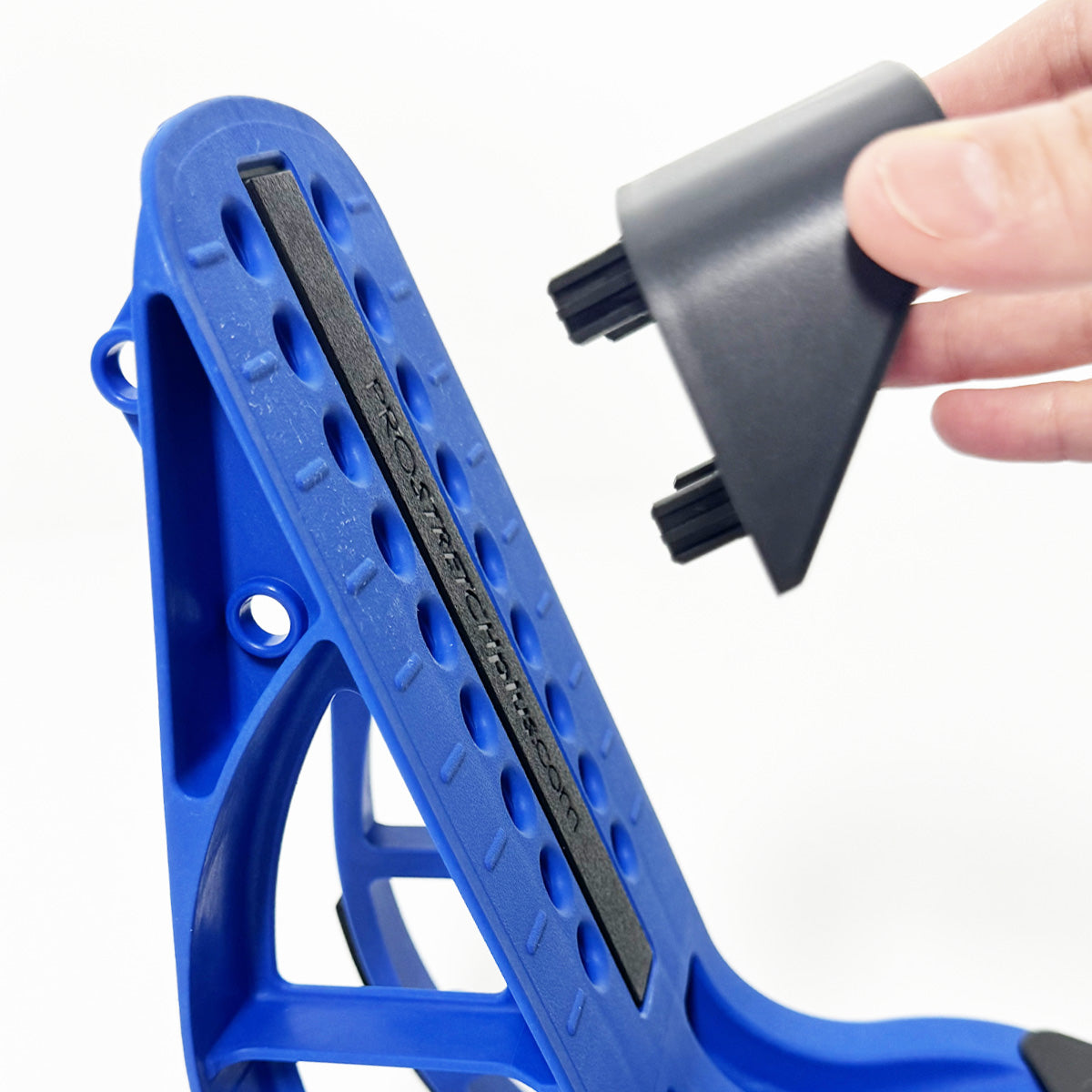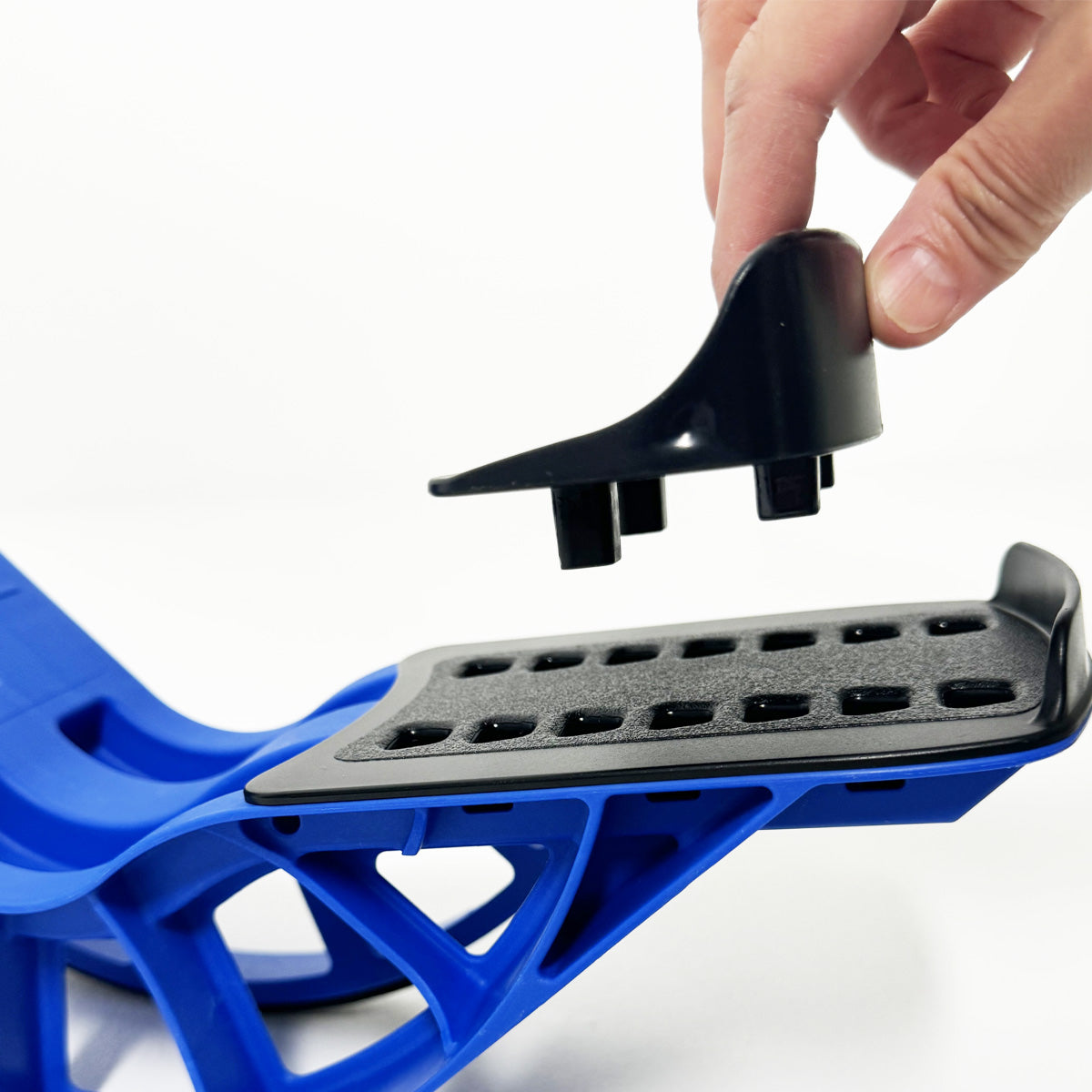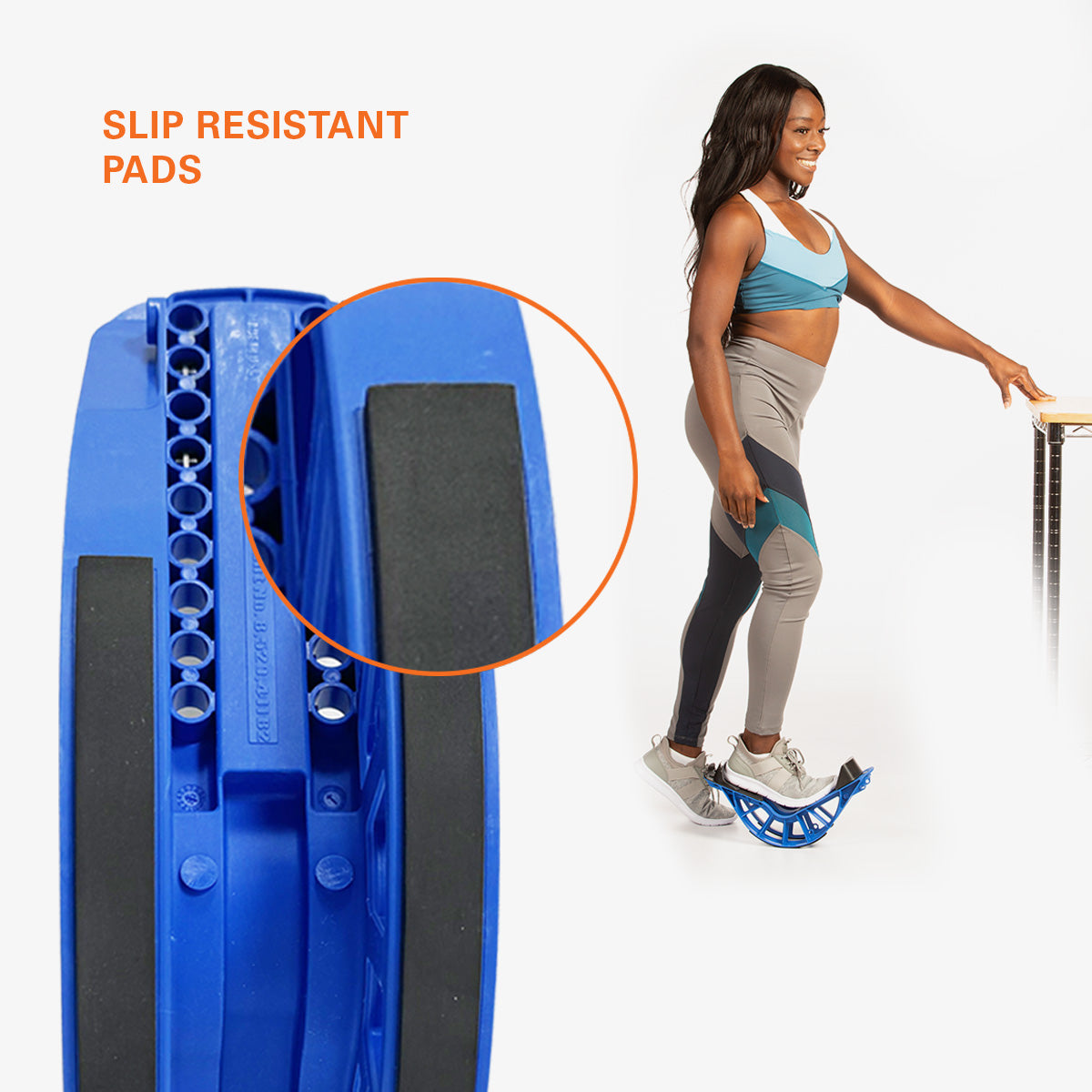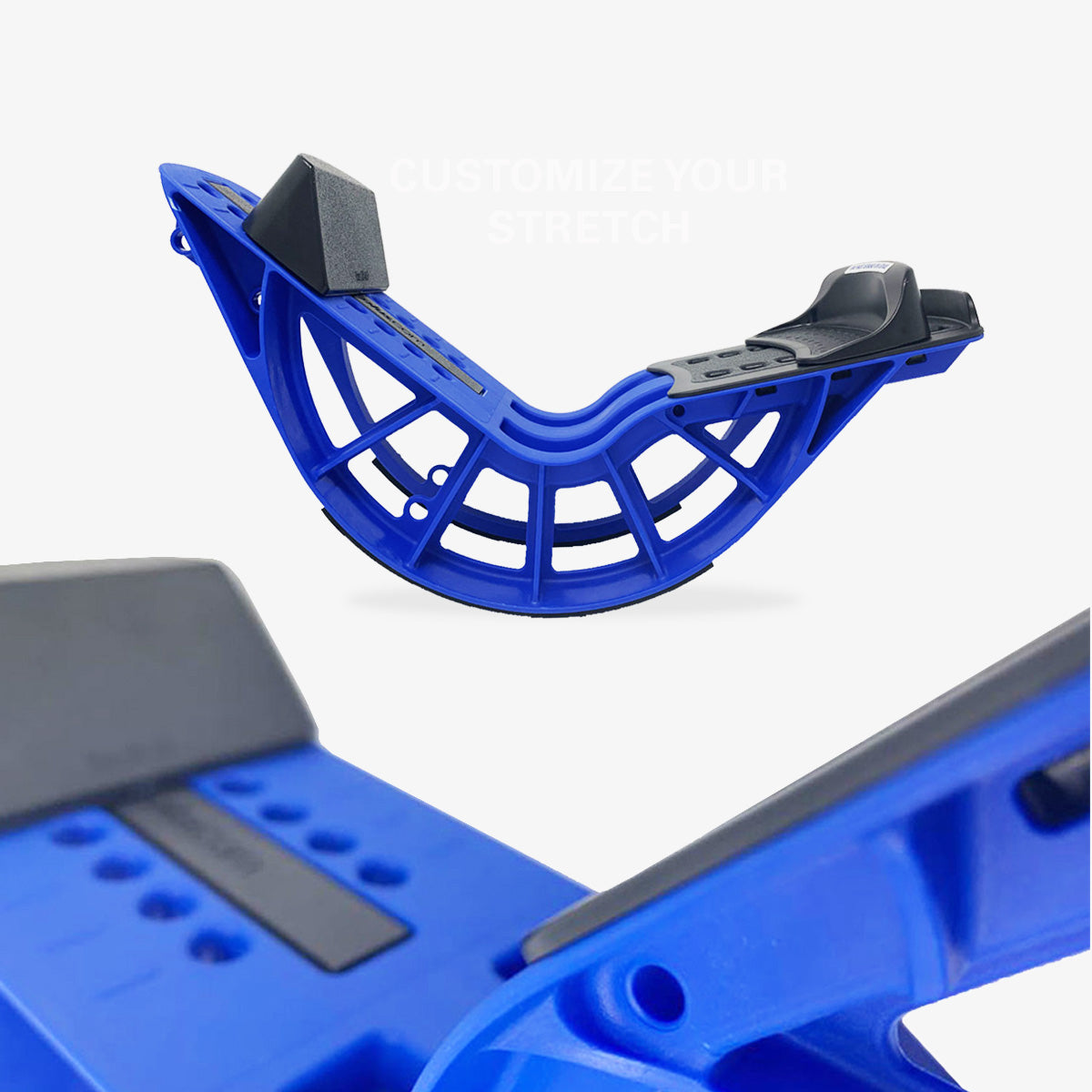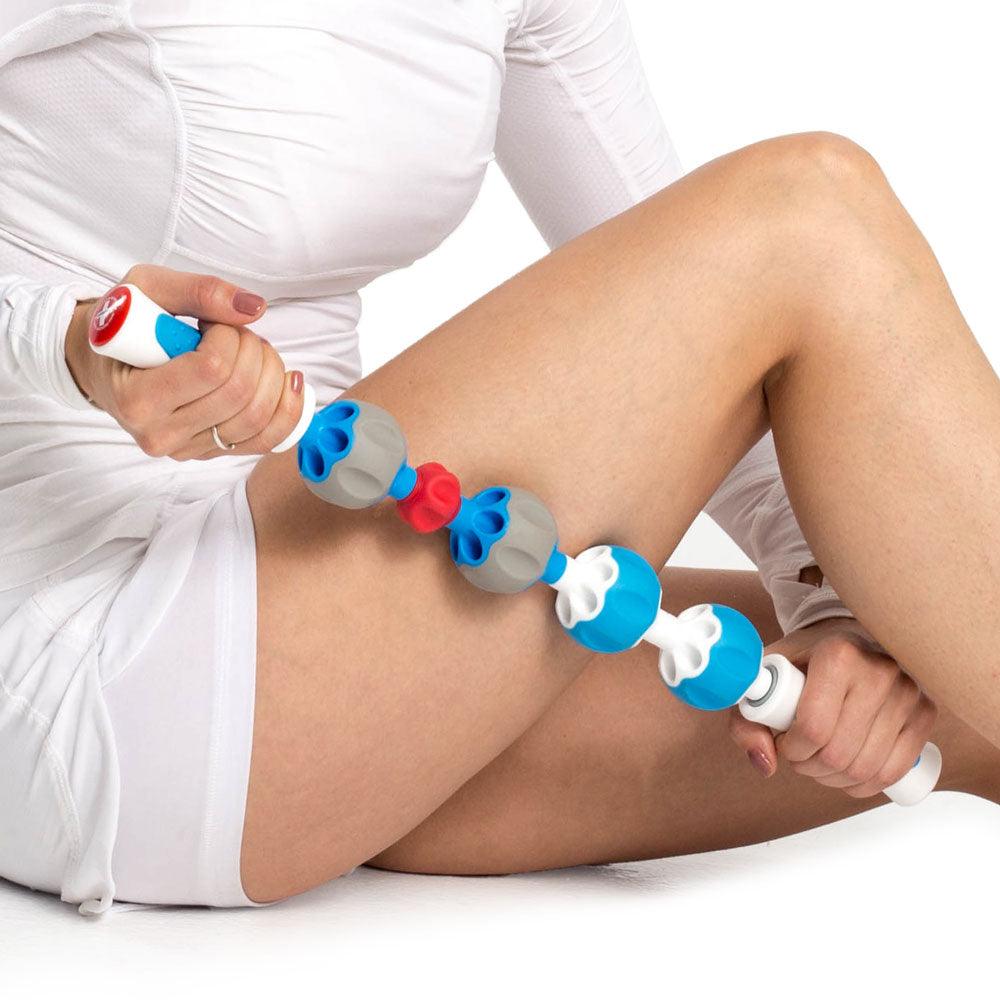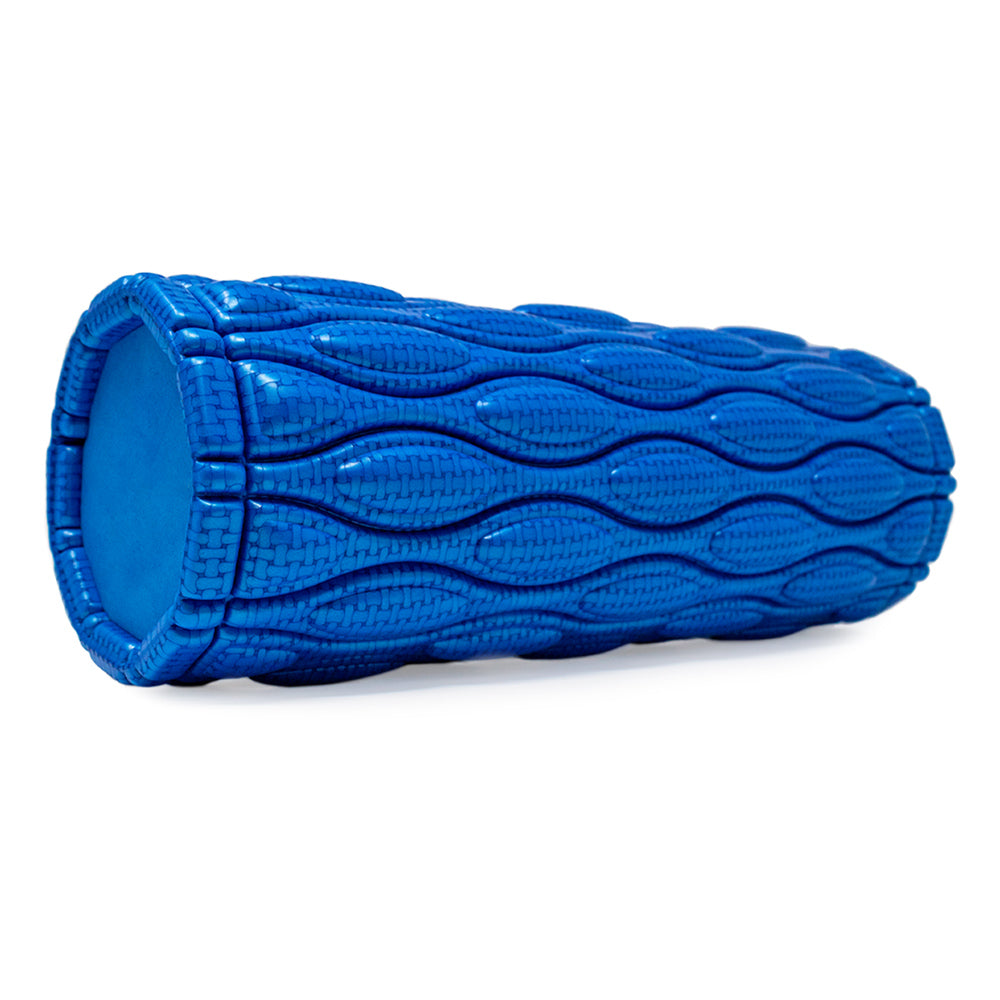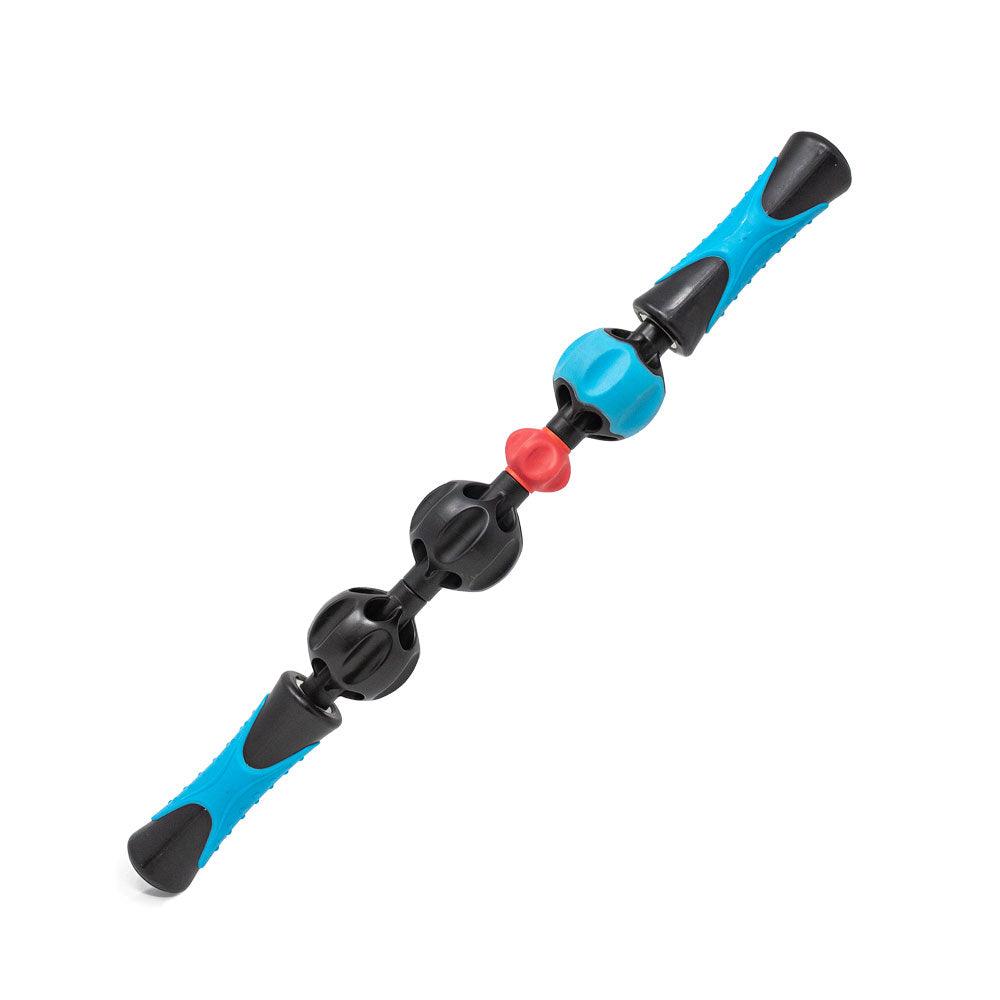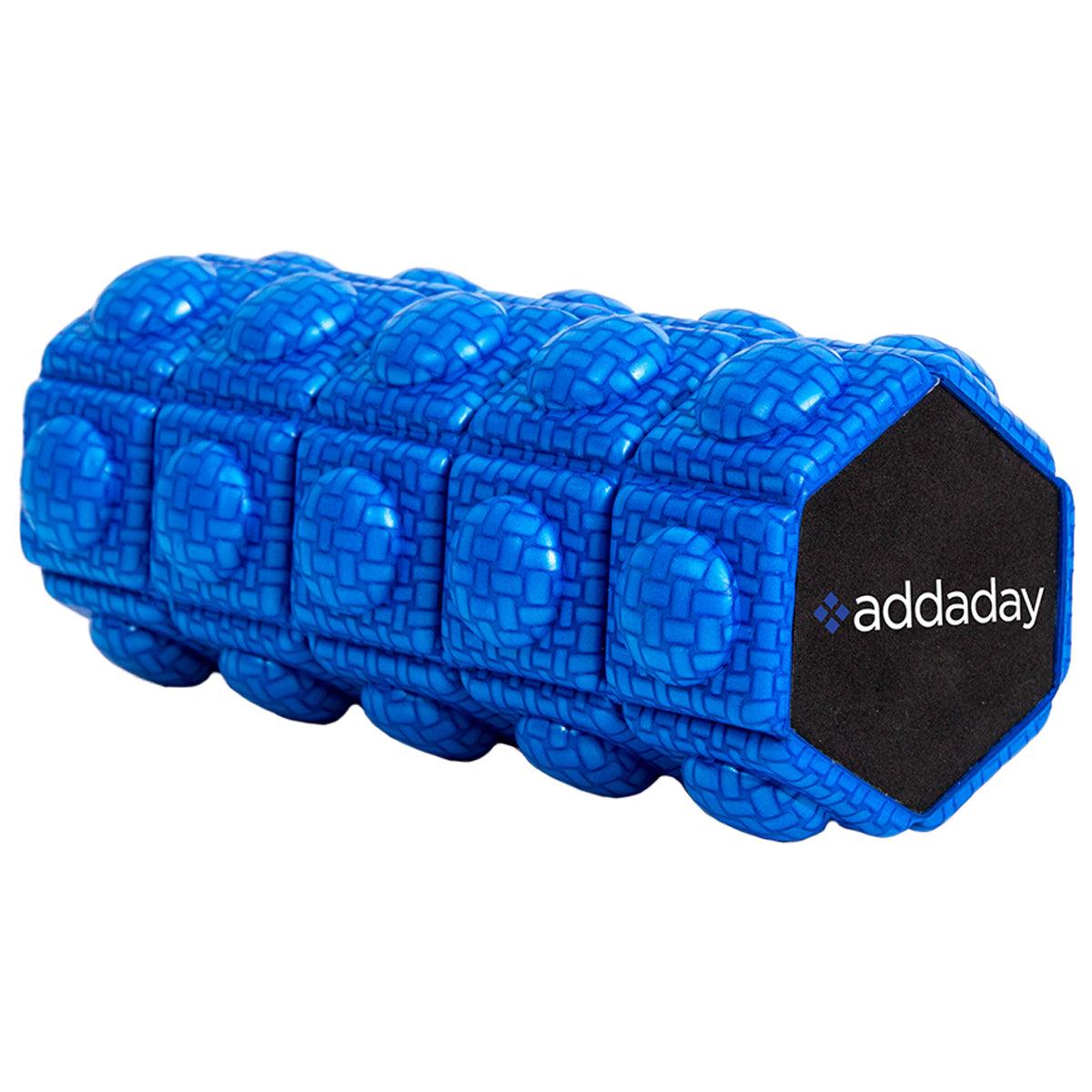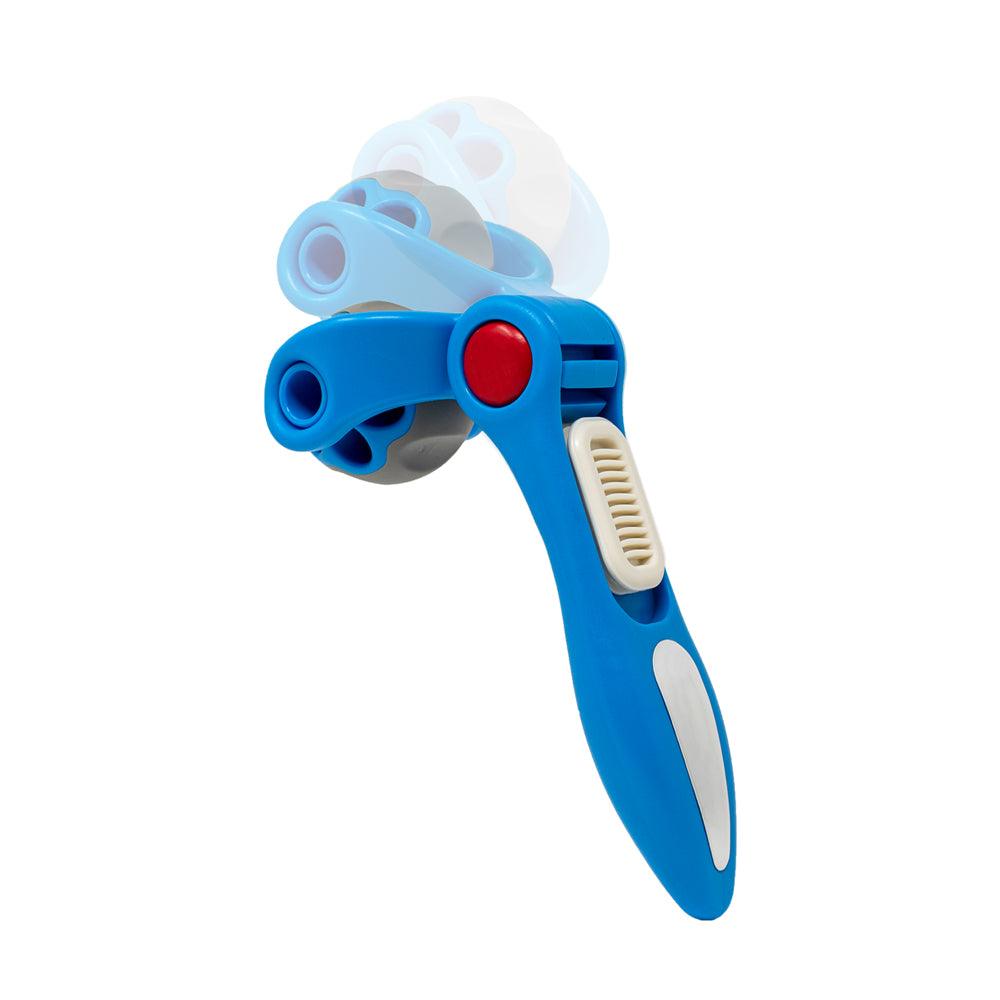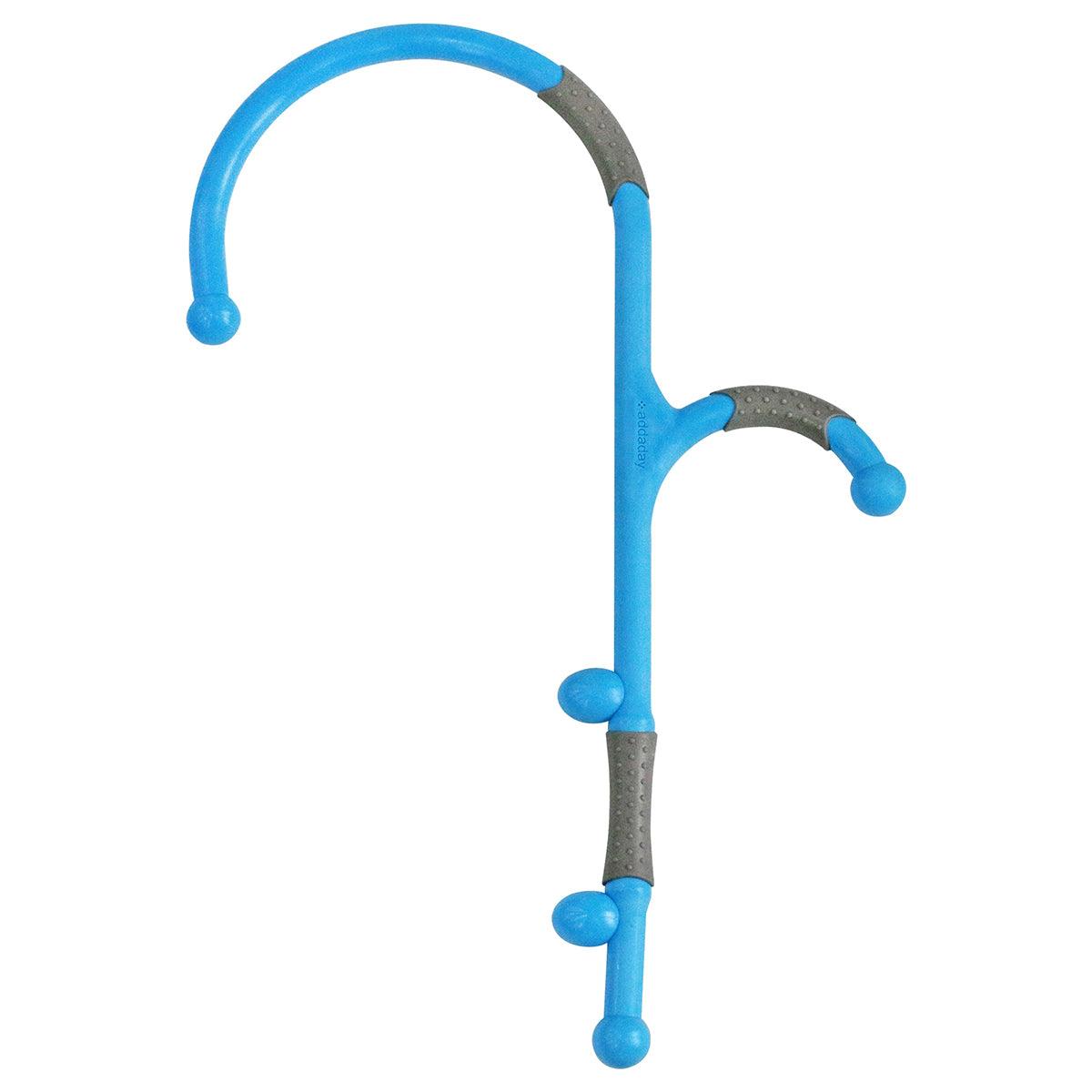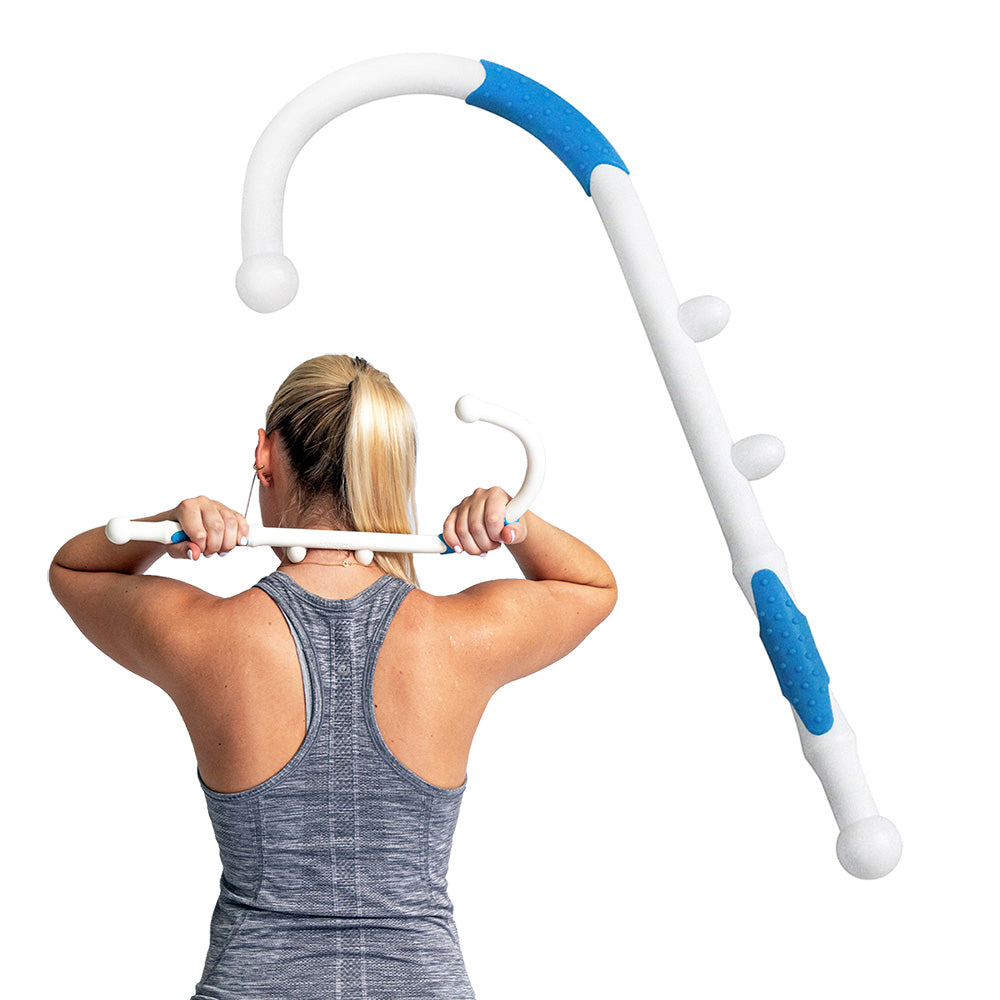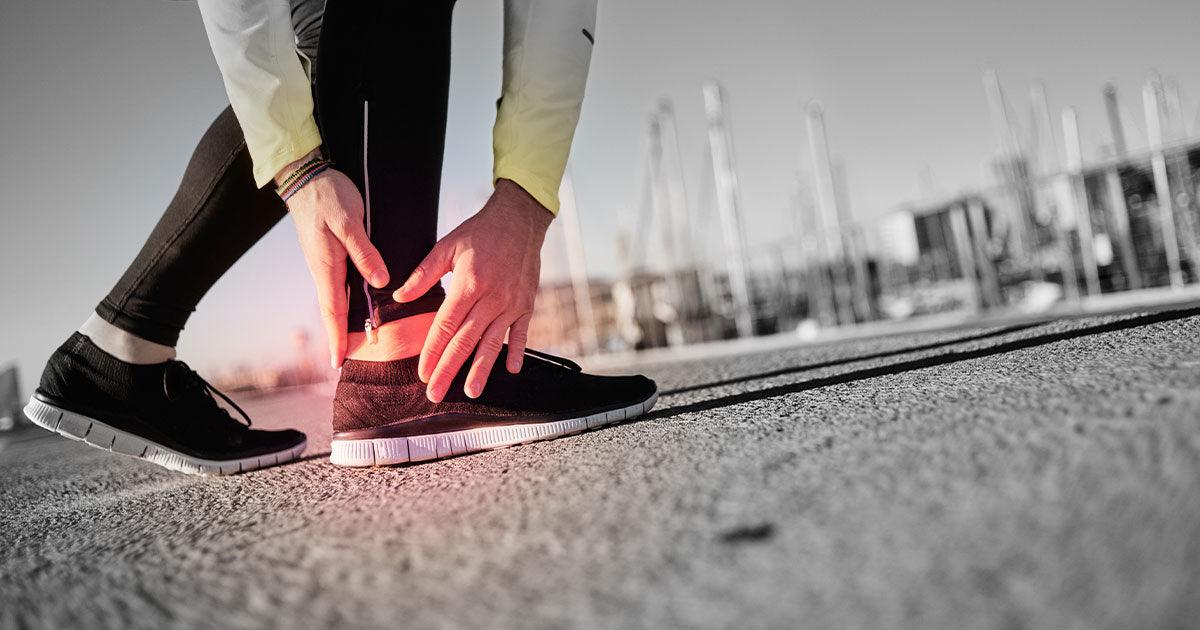Have you ever overdone a workout? As an athlete, it’s hard to acknowledge that you have excessively worked out. But usually, it isn’t excessiveness; it’s your body being unprepared.
Did you run too much? Overdid that indoor cycling class? Or just went on an intense hike? Your calves can suffer if you don’t perform the proper stretches and can get worse if you don’t learn to treat them properly.
Read on to learn how to prevent or treat a calf strain if you’ve already been diagnosed.
What Does a Calf Strain Feel Like?
Everyone’s body is different, and calf strain symptoms can differ from person to person. Common symptoms include aches, swelling, redness, and sharp pain in the back of your lower leg. A severe calf strain can even make day-to-day activities extremely difficult to perform. They can include fluid retention, warmth, tightness, and tingling or numbness.
There Are Three Different Grades Of Calf Strains:
- Grade 1– A grade-1 injury is the most common and minor. There is a sharp pain at the time of injury, and it can feel sore and strained due to the micro-tears in the muscle fibers. It can take about 2 to 4 weeks to recover.
- Grade 2– A grade-2 injury includes all grade-1 symptoms in addition to swelling, bruising, and disruption in function. You will have difficulty walking with tightness on the lower back and front of the leg. With good care, full recovery can take 4 to 8 weeks.
- Grade 3– A grade-3 injury is the most severe. In addition to all of the above symptoms, there will possibly be a visible bulge in the middle of the calf where the lower leg muscle fibers have completely ruptured. Full recovery can require 3 to 4 months of treatment and possible surgery.
How Do You Prevent a Calf Strain?
Strains usually occur when the muscle is overworked or improperly used. Gradually increase your workout routine only when your muscles are ready to do so.
Remember to stretch, stretch, and stretch again. Warm up and Stretch before your workout to help strengthen your calves and stretch after your workout to repair your calves. Stretching can prevent any future pain and injuries.
5 Simple Ways to Help You Stretch
Walk–A short walk or jog can help you warm up and get your blood flowing. When you warm up before your workout, you can prevent muscle cramps.
Steps– The easiest way to stretch your calves is on a set of stairs: stand on a step with your heels suspended off and gradually sink both heels down. Hold the stretch for a minimum of 10 seconds, then repeat 10-15 times.
Calf and Foot Stretcher– If you think your favorite workout might be prone to calf strains, Medi-Dyne’s ProStretch Plus Adjustable Calf and Foot Stretcher is a great aid in preventing such injuries. The Pro Stretch Plus rocker design automatically holds your foot in the best position to provide a biomechanically precise and efficient stretch and has been proven to be more effective than traditional methods like steps and curbs.
Customize– Optimize the ProStretch Plus Adjustable Calf and Foot Stretcher by customizing your stretches with the unique heel rest. This allows you to customize the stretch by increasing or lessening the amount of stretch. As you become stronger and more flexible, the easier it will be to advance your stretch.
Drink Plenty of Water– make sure to stay hydrated during your workout.Dehydration directly contributes to muscle cramps, which cause calf strains.
Treating an Existing Calf Strain
Calf strains are painful and uncomfortable, whether grade 1 or grade 3. The good news is that you can treat most injuries at home. Begin treatment immediately following your injury for faster recovery.
One Of the Most Common Treatments Is R.I.C.E.
- Rest– It’s always best to rest the injured leg. If necessary, you can use crutches.
- Ice– Apply an ice pack for 15-20 minutes every 1-2 hours.
- Compress – Compress the injured leg by using a shin splint compression sleeve.
- Elevate– Elevate the leg on a stack of pillows or stool when you are sitting.
Whether Preventing or Treating a Calf Strain, Invest In It
Use the Medi-Dyne ProStretch Plus Adjustable Calf and Foot Stretcher to prevent a calf strain injury. Remember that the best way to prevent a calf strain is by stretching before and after your workout.
OTHER RELATED TOPICS:
CAN ANKLE COMPRESSION SLEEVES HELP YOUR CHRONIC ANKLE PAIN?
HOW PROPER SUPPORT CAN RELIEVE SHIN SPLINTS AND WEAK ANKLES
PREVENTING ANKLE INJURY AND RE-INJURY
YOUR BACK PAIN MAY BE ALL IN YOUR…LEGS?
PROSTRETCH: THE INTELLIGENT STRETCHING SYSTEM
PLEASE NOTE: The information on this website and article is for information only and should not be used as a substitute for consulting your doctor. Consult your doctor for proper diagnosis and rehabilitation.
